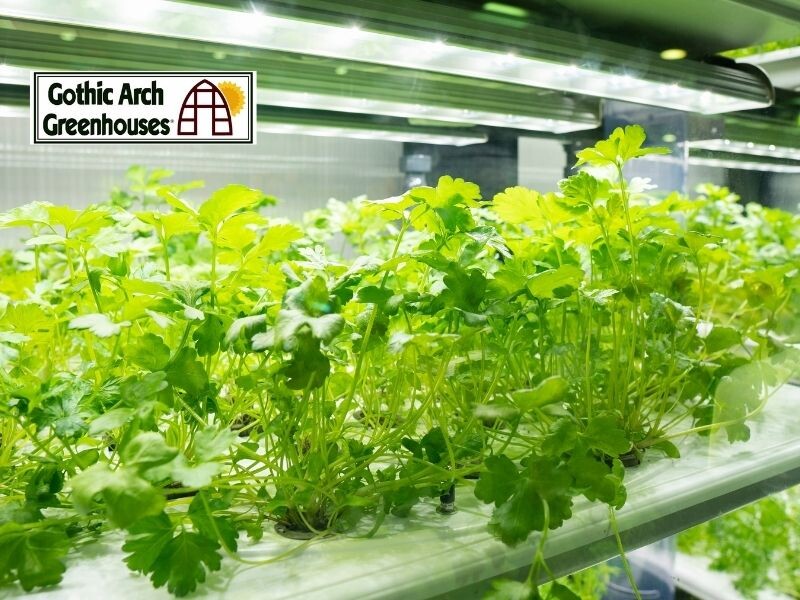
Plants need adequate water, nutrients and a climate-controlled environment to thrive in a greenhouse.
But multiple research points to light-emitting diode (LED) technology as the next up-and-coming growing essential, particularly for commercial operations.
While the advance offers the promising benefits of higher yields and lower energy costs, tapping into those advantages is not as simple as flipping a switch.
For starters, converting to LED technology can be expensive. So growers must consider whether that investment is worth the energy savings they stand to eventually gain.
One year-long study of the use of LED lighting for a greenhouse nursery and gardening business determined that LEDs offered significantly reduced energy costs—43 percent—over the more conventional high pressure sodium (HPS) lamps.
That greenhouse operation also benefitted from LED lamp reliability—more than 6,000 hours of use over the course of the study, compared to the failure twice of HPS bulbs and an electronic ballast during the same timeframe.
Despite their higher initial cost, LED lamps were projected to provide a more than $5,500 savings in maintenance and energy costs over a 5-year life span when compared to HPS fixtures. Using those projections, a return on investment of LED use would occur in 2.2 years, according to the study funded by a Minnesota Department of Commerce Conservation Applied Research and Development (CARD) grant.
Still, given the investment required to switch to LEDs, some recommend testing the technology on a smaller scale and conducting trials to determine whether it provides an as good or better crop yield before implementing it operation-wide.
Even beyond the cost, there are other concerns as well. Widely adopted in Europe, LEDs have proven quite efficient and profitable for greenhouse gardening applications. However, most operations are harvesting one type of crop, whereas many U.S. businesses are tending to multiples.
That’s where the use of LEDs can get tricky. An LED “recipe”—taking into account lighting spectrum, intensity and duration—that considers the type of crop, geographic location and season is recommended for best results.
Even with these concerns of using LEDs, multiple commercial growers have found the advantages of higher crop yields and lower energy costs to be well worth the investment in this technology.
Have questions about LEDs we could shed some light on? Give us a call at 1-800-531-4769 to speak with one of our friendly representatives or visit our website www.GothicArchGreenhouses.com to learn more.
